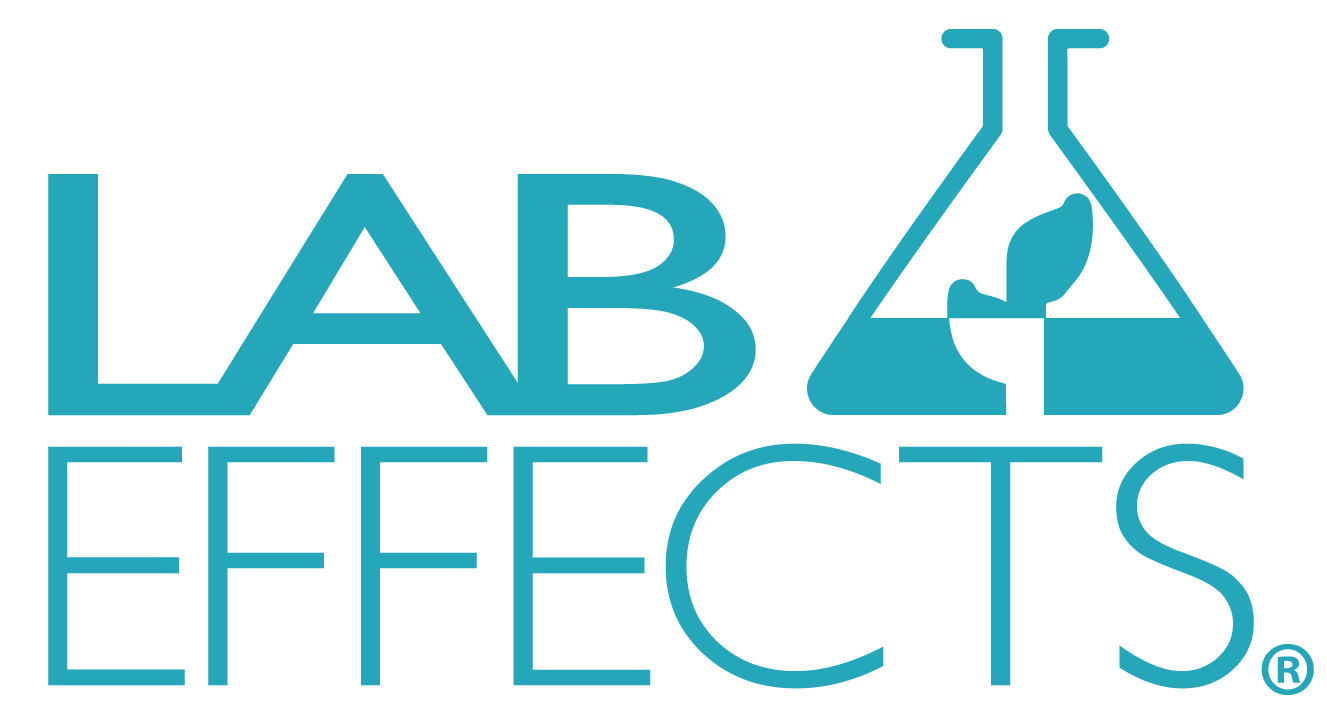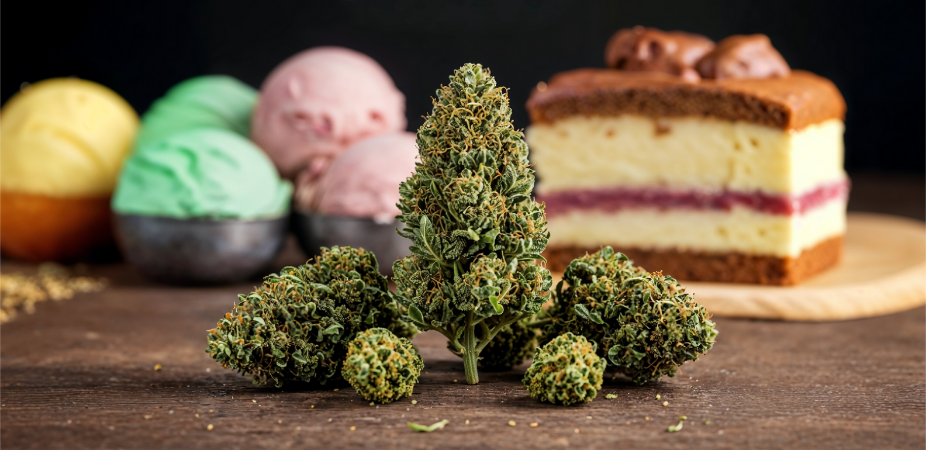Durban Poison is a cannabis strain with a long history spanning three continents. From its South African origins to its proliferation in Amsterdam to its widespread popularity across the US today, this is a strain with a story to tell.This beloved strain is known for its uplifting effects, high THCv levels, and of course, its intensely aromatic Durban Poison terpenes. With hits of A. pinene, A. terpinene, caryophyllene, and others, there is more than one reason why this strain has such commercial staying power.
The Durban Poison Strain
Durban Poison is a cannabis strain sometimes called “diet weed.” (1) It has a relatively high concentration of THCv, a cannabinoid that binds to the same receptors as THC. THCv is thought to be responsible for Durban Poison’s ability to provide the equivalent euphoric effect as a robust THC-heavy strain but with a shorter, more productive efficacy period and a unique appetite-dampening mechanism.
Where is Durban Poison from?
Located at the mouth of the Umgeni River, looking out across the Indian Ocean, Durban is a coastal city in eastern South Africa’s KwaZulu-Natal province. The ancestral plants of the modern-day Durban Poison strain are thought to have come from a hilly area just outside the city.Durban Poison has had centuries to adapt to the harsh conditions in which it now thrives. Modern cultivars benefit from the original plant’s hardiness, as well as its flexible genetic morphology.
The Durban Poison Lineage
Durban Poison is commonly referred to as a “landrace strain,” meaning it was initially a pure form of sativa native to the area in which it was found. However, small-scale cannabis growers have cultivated it in South Africa’s so-called Emerald Triangle for generations. Modern Durban Poison is descended from plants thought to have been cultivated by indigenous tribes in the region as far back as the 14th century (2). As colonizers spread across South Africa, cannabis was repeatedly the target of criminalization, and growers retreated far into the hills.
Durban Poison Strain History
Durban Poison gained notoriety among African weed strains when some cannabis legends of the time brought seeds to Amsterdam in the late 1970s. The plant’s short flowering and grow time, combined with its recreational effects, made it appealing to cultivators. It wasn’t long before the Dutch cannabis scene was replete with this new strain. International collaborators shared the seeds of this African landrace strain and fine-tuned it to optimize resin content and further reduce flowering time. Today’s Durban Poison has an average 21 percent THC content with recorded concentrations of up to 25.5 percent (3). Durban Poison also contains a relatively high THCv concentration, averaging around 3 to 5 percent (4).
Durban Poison: Is it Sativa?
Due to years of crossbreeding to heighten or limit concentrations of specific cannabinoids, there are essentially no longer any pure indica or sativa strains. Thanks to cross-breeding, it’s doubtful that any wild landrace strains can still be considered “pure”, regardless of what some growers may claim.However, when it comes to consumer impressions of the Durban Poison strain, the plant most closely resembles a sativa. Most of the cannabis industry will still classify their strains as indica-dominant or sativa-dominant. Durban Poison hybrid strains are solidly on the sativa-dominant side of the aisle despite some aspects that present as more traditionally “indica.”
Durban Poison Terpenes Profile
A terpene is a complex branched-chain unsaturated hydrocarbon made up of one or more isoprene units (5). Since terpenes contribute largely to how plants smell and taste, it should be no surprise that plants with a strong aroma or taste are rich in terpenes. Some of the most familiar terpene-rich plants include:
- Citrus
- Conifers
- Lavender
- Hops
- Cannabis
Terpenes are thought to have a synergistic effect when combined with cannabinoids like THC, THCv, or CBD (6). This means terpenes can enhance the therapeutic or experiential effects of cannabis by boosting or muting the function of cannabinoids within the body when inhaled or ingested.
So, What Terpenes Are in Durban Poison?
Durban Poison contains a bouquet of terpenes. Most terpenes are under scientific investigation for possible therapeutic effects and all can benefit from further research to continue building a knowledge base of their potential for use in future medicines.
The Durban Poison Terpene Strain Profile
A. PineneA: Pinene has been shown to have anti-inflammatory and pain relief uses and can fight cancer cells, combat bacteria and infection, and work as an antioxidant.
A. TerpineneA: Terpinene has strong antioxidant properties and has been studied in connection with its potential value for cancer treatments.B. CaryophylleneB. Caryophyllene has been used for both acute and debilitating states of pain relief and also shows promise for immune system enhancement and the reduction of stress and anxiety.
B. Pinene: B. Pinene can increase mental alertness, clarity, and overall cognitive function. It also shows promise for bronchodilation, epilepsy and cancer treatment, and neuroprotection.
D3 Carene: D3 Carene appears to increase the incorporation of calcium into bones, making it a candidate for osteoporosis treatment. It also has been studied for its potential for the reduction of edema.
Humulene: Humulene has been found to be a potent anti-inflammatory and analgesic and, like the cannabinoid THCv, acts as an appetite suppressant.LinaloolLinalool has been linked to various health benefits, including analgesic, antibacterial, antidepressant, anti-inflammatory, anti-tumor, anxiolytic, and sedative therapeutic effects.
Myrcene: Myrcene can block the cancer-causing effects of aflatoxins and works with multiple cannabinoids (THC, CBD, CBG, CBC, CBN) to achieve better results over isolated use.
Nerolidol: Nerolidol has been studied for its antibacterial, antifungal, antioxidant, antiparasitic, and anxiolytic properties and can enhance the efficacy of many antibiotics.
Ocimene: Ocimene is a monoterpene found to possess both antifungal and anti-inflammatory properties.
Terpinolene: Terpinolene has been the subject of much research, and there is growing evidence for its potential use in treating anxiety, improving cholesterol levels, and fighting cancer.It’s important to note that the terpenes present in Durban Poison and their concentrations can vary from grower to grower, even if breeding the same strain. Certificates of Analysis from third-party laboratories are the best way to tell which terpenes are actually present in any specific sample of Durban Poison and in what amounts.These variations in cannabinoid and terpene content from grower to grower can significantly impact which therapeutic effects are felt from Durban Poison or any other strain of cannabis. Using extracted, purified terpenes to enhance cannabis products can help with consistency and user satisfaction.
Durban Poison: Therapeutic Effects
Thanks to their high concentrations of valuable cannabinoids and terpenes, Durban strains are rich with potential for positive therapeutic effects.Many people who use Durban Poison report getting the desired psychoactive and cerebral effects without the couch lock, allowing them to stay highly productive. The unique sativa-like effects makes Durban Poison a favorite among users who want to wake and bake without any sedative effects.One of the most interesting aspects of Durban Poison is its lack of appetite-enhancing properties (aka the munchies). In fact, thanks to the THCv, Durban Poison usually decreases appetite. This has prompted research into whether the cannabis strain might have medical value as a path to weight loss.However, the various terpenes commonly present in the strain are what make Durban Poison so beloved by cannabis enthusiasts. Terpenes define a strain when it comes to smell and taste, two identifiers that are important to consumers and often dictate what they look for.
What Does Durban Poison Smell Like?
Durban Poison will smell a little different to each person because not everyone’s olfactory system is the same. Its flowers are pungent and skunky and reviews often mention hints of sweet licorice and pine sap; overall, the sweet smell is pleasant if a bit cloying.
What Does Durban Poison Taste Like?
Like the smell, the taste of Durban Poison will vary from person to person. Some say the Durban Poison flavor profile is “spicy”— think candied lemons mixed with star anise. However, odor and taste are highly subjective; they can vary from breeder to breeder (7) and have no bearing on a cannabis plant’s function.
Are You Looking for Durban Poison Terpenes?
Lab Effects has been the premier and trusted source for botanical profiling, extraction, purification, and custom formulation of 100% natural cannabis terpenes for manufacturers since 2012. Our THC-free, 100% pure cannabis essential oils lock in the True to Flower aromatic profiles you know and love, and our Durban Poison terpenes are no exception. We refuse to use vitamin E, acetate, or other fillers or additives, which means our terpene formulations outperform competitors in every way.Order your terpenes from Lab Effects today.Lab Effects is cGMP certified, ISO 9001 certified, HACCP certified, FDA registered, and ANAB accredited.
Sources
- https://www.ncbi.nlm.nih.gov/pmc/articles/PMC7819335/#:~:text=The%20main%20advantage%20of%20THCV,and%20type%202%20diabetic%20patients.
- https://www.wikileaf.com/thestash/landrace-strains/
- https://www.wikileaf.com/strain/durban-poison/
- https://www.menshealth.com/health/a39865342/what-is-thcv/
- https://www.chem.ucalgary.ca/courses/353/Carey5th/Ch26/ch26-4-1.html
- https://www.ncbi.nlm.nih.gov/pmc/articles/PMC7763918/
- https://www.frontiersin.org/articles/10.3389/fpsyg.2022.942694/full




